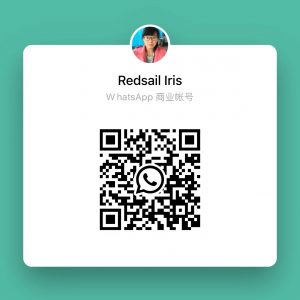CO2 laser engraving is an innovative and versatile method for creating intricate designs on various materials, particularly glass. Mastering the best settings for CO2 laser glass engraving not only enhances the final outcome of your projects but also significantly reduces the chances of damaging the material. In this comprehensive guide, we’ll explore the essential settings and considerations to keep in mind when engraving glass with a CO2 laser.
Understanding Your CO2 Laser Engraver
Before diving into specific settings, it’s crucial to understand how a CO2 laser engraver operates. The CO2 laser works by emitting a focused beam of light that vaporizes the surface of the glass, thus creating a permanent mark. When setting up your machine, consider the following components:
- Power: Measured in watts, this determines the intensity of the laser beam. A higher power will engrave deeper but may increase the risk of cracking thinner glass.
- Speed: This indicates how fast the laser moves across the glass. A slower speed can lead to more detailed engravings but can also cause damage if not managed correctly.
- Frequency: Measured in hertz (Hz), the frequency determines the number of laser pulses per second. Higher frequencies produce finer details but may affect the depth of the engraving.
Understanding these components is essential in figuring out the ideal settings for your specific material thickness and desired engraving depth.
Optimal Settings for CO2 Laser Glass Engraving
Achieving the best results during the engraving process is about finding the right balance between power, speed, and frequency. Here are the optimal initial settings:
– 30-50% for light engraving
– 50-70% for medium engraving
– 70-100% for deep engraving but be cautious of potential cracking
– 25-100 mm/s for light engravings
– 10-25 mm/s for detailed engravings
– 5-10 mm/s for deep engravings
– Use around 500-1000 Hz for most engravings. Higher frequencies can achieve finer detail but may produce surface stress.
Additionally, the focus of the laser beam on the glass surface is vital. Use a focal length that suits your engraver’s optics. A properly focused beam will yield cleaner engravings and enhance detail visibility.
Fine-Tuning Your Settings for Different Glass Types
Different types of glass might require slight variations in settings. Here’s a quick overview of the required adjustments depending on the glass:
- Clear Glass: The most forgiving type. Use higher speeds and moderate power settings.
- Frosted Glass: Typically requires higher power settings due to its texture.
- Colored Glass: Often requires more power and slower speeds to achieve a noticeable contrast.
Here is a quick reference to settings based on glass types:
- Clear Glass: 30-40% power, 60-100 mm/s speed
- Frosted Glass: 50-70% power, 10-20 mm/s speed
- Colored Glass: 50-80% power, 20-30 mm/s speed
Additional Tips for Successful Engraving
- Test Your Settings: It’s always a good idea to run a few tests on scrap pieces of glass before you commence with the final product. This allows you to fine-tune your settings without risking your main project.
- Maintain Machine Cleanliness: Ensure your laser machine is clean. Residue can affect the quality of the engraving, leading to subpar results.
- Use the Right Lens: Lenses have different focal lengths that can impact the precision of your engraving. Make sure you’re utilizing the appropriate lens for engraving glass.
- Cool Your Glass: If you’re engraving a thicker piece of glass, consider periodically cooling it down to prevent thermal cracking.
Frequently Asked Questions (FAQs)
FAQs
Q1: Can I engrave tinted glass with a CO2 laser?
A1: Yes, tinted glass can be engraved, but you may need to adjust your power and speed settings to achieve a satisfactory result.
Q2: How deep can I engrave glass with a CO2 laser?
A2: Engraving depth varies with settings and glass thickness, but typically, depths of 0.5mm to 2mm are achievable without cracking.
Q3: What is the best type of glass for engraving?
A3: Clear glass is generally the best for engraving due to its clarity and the contrast it provides against the engraving. Frosted or colored glass can also yield beautiful results with the right settings.
Conclusion
Engraving glass with a CO2 laser can yield stunning results when the right settings are utilized. By understanding the modulation of power, speed, and frequency, and fine-tuning those settings according to the type of glass you’re working with, you create a pathway to success. Always remember the importance of testing and adjusting to achieve the best settings for CO2 laser glass engraving. Take the time to experiment and review results, ensuring you are on the path to mastering this art form.
With patience and practice, you’ll be able to create beautiful, intricate designs on glass that will impress your audience. Happy engraving!




